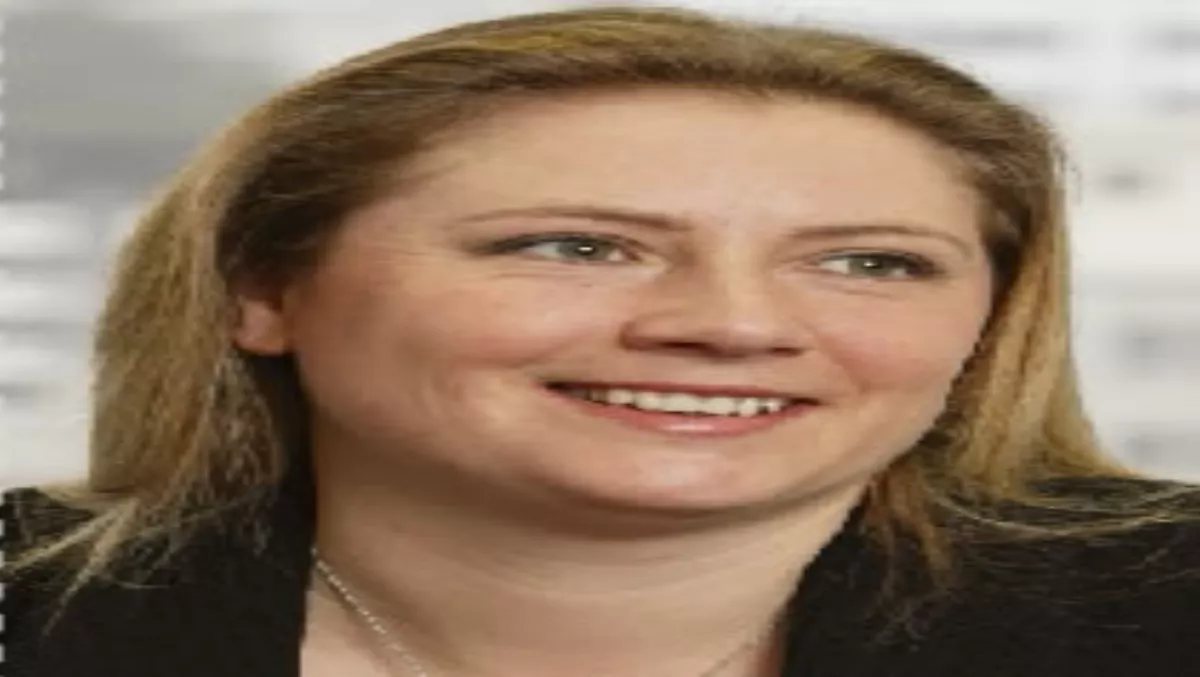
GeekGirl on best practice and benchmarking
How to create a community of practice in the workplace. The most valuable asset a company has is its people. But it is these people that are the hardest assets around which to build best practice. But what if a company led the way for its staff to develop their own benchmarking and best practice frameworks?
This would help drive best practice and innovation in your business, and all you have to do is let your staff create a community of practice (CoP). A CoP can help your staff learn faster and to a greater efficiency. Apart from reducing costs, it will also make your staff feel like they are making a stronger contribution to the business.
CoPs are the modern digital equivalent of a medieval workers' guild. They can come from all aspects of the business and are often a force to be reckoned with. A CoP is a self-organising group and they are the leading edge of collaboration, best practice and benchmarking. It is a voluntary group of people that usually tend to form on their own. However, enterprises are now harnessing this collective knowledge by formalising the set-up of these communities and giving them a place to develop ideas and best practice.
Members of a CoPs tend to lean towards the technical side; however the highest functioning communities are ones that have a balance of people from across the business. A business should not nominate leaders for the community, but rather let their staff members choose themselves. Meritocracy is very important to the health of a community. Letting leaders emerge using these systems of reward and recognition is key to the sucess of a community.
It is important to allow the community to meet up in person, even in a digital age. In addition to a CoP leader, you will need a community manager to watch over, nurture, guide and direct.I have seen CoPs used for generating product ideas, creating and standardising design and delivery practices, and for repackaging and re-orienting existing, well established, products and services. Re-use is at the heart of most communities because it means that every time a new piece of work starts, you do not have to start from scratch. It helps businesses to draw out the knowledge people store in their heads and do not necessarily share with their colleagues. People often do not realise that the information they do not share is incredibly valuable to other people.
Measuring the success of a community can be difficult, as there is no easy or singular method. But it is important to determine the heartbeat of the community and how best practice is affecting the company’s bottom line. A company could gather stories on how the community has developed and the services it is offering to determine how well it is working together. Modern collaboration and messaging software is making it easier and faster to connect with people
There are now actual roles being created for community managers to manage both internal and external communities that orbit around businesses. Communities within the enterprise are becoming the central point for design and development. A high-functioning community self-regulates its members and creates a self -learning environment. CoPs are a vital part of your knowledge management strategy and should be a strong component of your business’ best practice goals.
Karen Monks:
Karen Monks is a technology strategist with 10 years' ICT experience. She is passionate about emerging and breakthrough technologies and their possibilities. Monks is currently consulting on cloud computing, green IT, social media, innovation management and enterprise collaboration. She balances her Internet addiction through a sustainable lifestyle in the Wairarapa. Monks has a blog, GeekGirl, and can be found at twitter.com/Rdiva. Phone: +64 272 734 553Email: karen@karenmonks.co.nzWeb: www.geekgirl.co.nz

